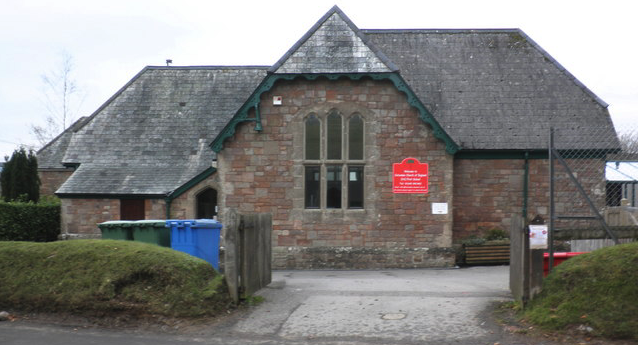PARENTS on Exmoor have expressed concerns about an impending merger of two village Church of England primary schools.
The Moorland Federation runs five small schools in Exmoor communities and supports two others plus one near Wellington.
It has decided from the start of the new academic year in September that Cutcombe, in Wheddon Cross, and Exford will be managed as one school across the two sites which are five miles apart.

Federation executive headteacher Naomi Philp said the schools, which had 56 pupils in total, would educate their children together.
A combined pre-school will be run in Cutcombe, which can offer extended hours, together with reception and years one and two pupils.
Exford will host the older pupils together in years three and four.
Mrs Philp said: “This innovative approach ensures no rural local school is lost in the midst of the challenge of funding for schools and all services nationally.
“This decision allows us to combine resources, share expertise, and create a more vibrant learning environment.
“We are excited and incredibly positive about the opportunities this change has brought and will bring.
“This collaboration aims to enhance the educational experience for our children by forming larger, more dynamic cohorts, offering a wealth of new opportunities for both students and staff.
“This change has secured a school in both villages into the future.”
However, many parents were angered at the way the education trust communicated its decision and the rationale behind it.
Mrs Philp said she recognised for some parents and carers the change had ‘landed too quickly’ and was not something they might have chosen.
She said: “We understand change can be upsetting and a cause for worry but, we look forward to seeing our children thrive from the many opportunities we believe this initiative will bring.”
Mrs Philp said there were always lessons to be learned and improved, especially with communication of decision making.
But ‘creative solutions’ had been found through regular working parties to the issues raised, and both Somerset Council and the Bath and Wells Diocese had been supportive in advising and, for example, in seeking transport solutions between the sites.
Mrs Philp said although the schools would educate children together, they would continue to remain and operate as two schools.
She said: “This is not a significant change, it is a change to how the pupils of both schools are educated to ensure that the experience and learning they receive is the absolute best it can be.
“Larger cohorts for the children and being taught in cohorts specific for their development is really important and we have been able to secure that.”
Mrs Philp said the model was similar to primary schools in Crowcombe and Stogumber, which federated in 2005, where reception and years one and two were educated in Stogumber, and years three to six attended Crowcombe, with a shared executive head teacher, governors, and parent-teacher association.
Mrs Philp said: “This new way of working across both schools marks a significant step forward in providing a richer, more comprehensive education for our children.”




